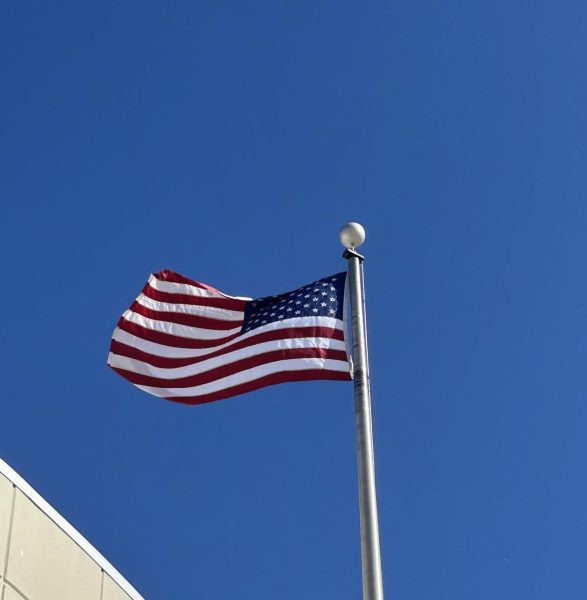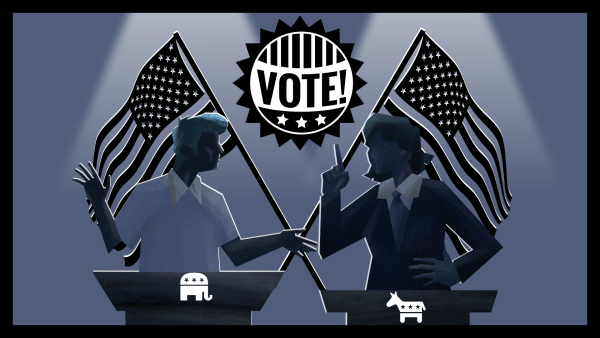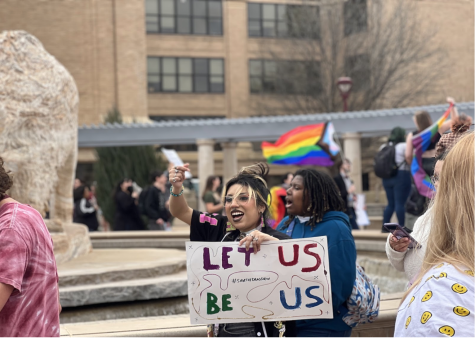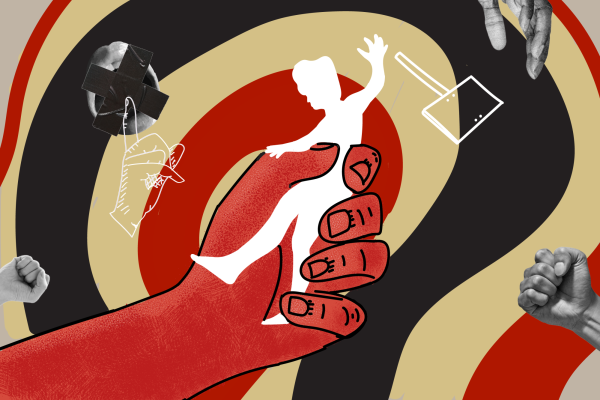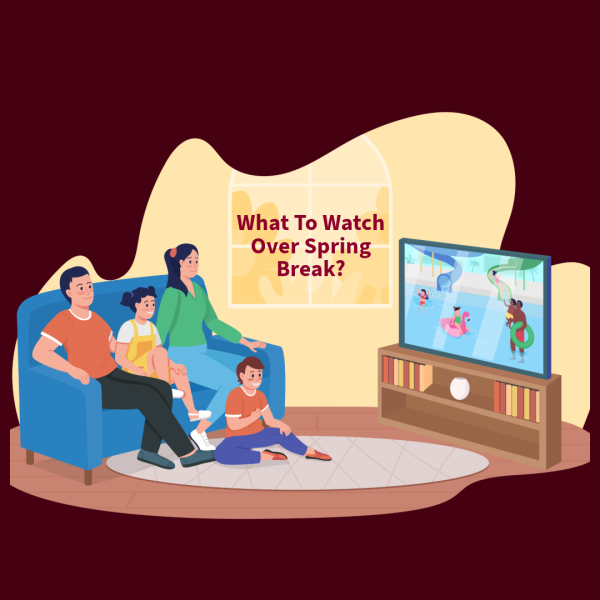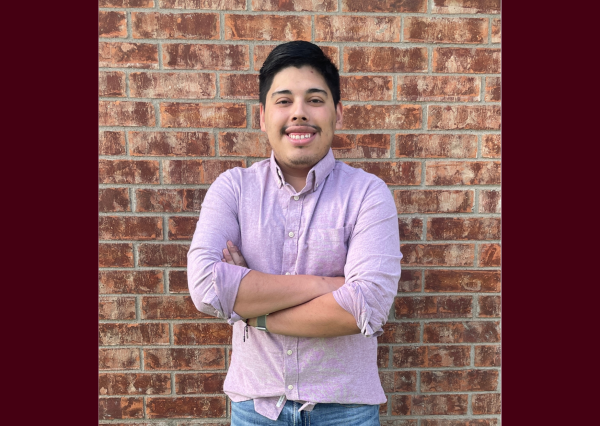COVID-19 and the Spanish flu of 1918: Did we learn our lessons from over a century ago?
The world has never been the same since the first case of the novel Coronavirus, COVID-19 was detected in Wuhan, China on November 17, 2019. Since then, many people have compared COVID-19 to the Spanish Pandemic Flu in the year 1918 where the first strain of the Spanish flu was detected among the military here in the United States in the farm country of Haskell County. The virus then spread to a nearby military camp, Camp Funston. The elderly in society and research scientists have since compared the current outbreak and contrasted both pandemics- and the effects both have had on society.
Both pandemics are communicable when an infected person coughs, talks, or sneezes thereby releasing infected aerosols in the immediate environment up to 10 feet away. Both could also be transmitted by touching an infected surface. Many incidents such as overfull hospitals that have called for makeshift hospitals, overfull mortuaries that called for keeping bodies in mobile container fridges and a suffering economy. In both pandemics also, the wearing of masks was a way to mitigate the transfer. Regardless of the above similarities, the world has failed to learn from previous mistakes.
“If history is indeed about learning lessons from the past, the recent COVID-19 pandemic suggests that we have failed badly in that regard because despite a host of differences between the Spanish Flu epidemic of 1918 and the 2020 COVID-19 pandemic, collective responses to the two share much in common.” said Dr. Bryan Vizzini, a history lecturer at WTAMU. “To begin, in neither case did the U.S. government take an active role in centralizing information and/or planning. Efforts instead were left to states, cities, and municipalities, with predictable results.”
According to history, 1918 San Francisco and Philadelphia could hardly offer a better analogy to contemporary COVID-19 control efforts: San Francisco mandated mask wearing and social distancing; its numbers dropped – Philadelphia had no mask mandate and allowed large parades and public gatherings – The result? Mass infections which consequently led to numerous deaths.
“One unique feature of the 1918 influenza pandemic was the very high death rates in young adults particularly those in their late 20s,” said Dr. Yaw Amoateng, an epidemiologist at Bridgeport hospital. “Thankfully that age group has a lower death rate with COVID-19. Nonetheless they remain an important group in spreading COVID-19 and must adhere to the preventive measures including avoiding large gatherings and wearing masks.”
The fact that both pandemics occurred in the form of increasingly deadlier waves likewise bears mentioning. Like the Spanish influenza, subsequent second and third waves of COVID-19 have proven to be much deadlier in terms of the numbers of the infected and the dying.
“This all-or-none phenomenon – either stay shut or you know, just throw caution to the wind- doesn’t work; and we’ve proven it doesn’t work,” Dr. Anthony Fauci, director of the National Institute of Allergy and Infectious Diseases. “So that the prudent way and the careful way we know will in fact, get us open, and we will do it in a safe way.”
Finally, comparing the political handling of both pandemics, both the Wilson and Trump administrations arguably made the epidemics worse by initially ignoring them: Wilson in an effort to censor any wartime news that might hurt morale, and Trump in an effort to avoid political casualties. As a result, the American government, which failed to play a central role during either epidemic, was in addition late to the proverbial party.



